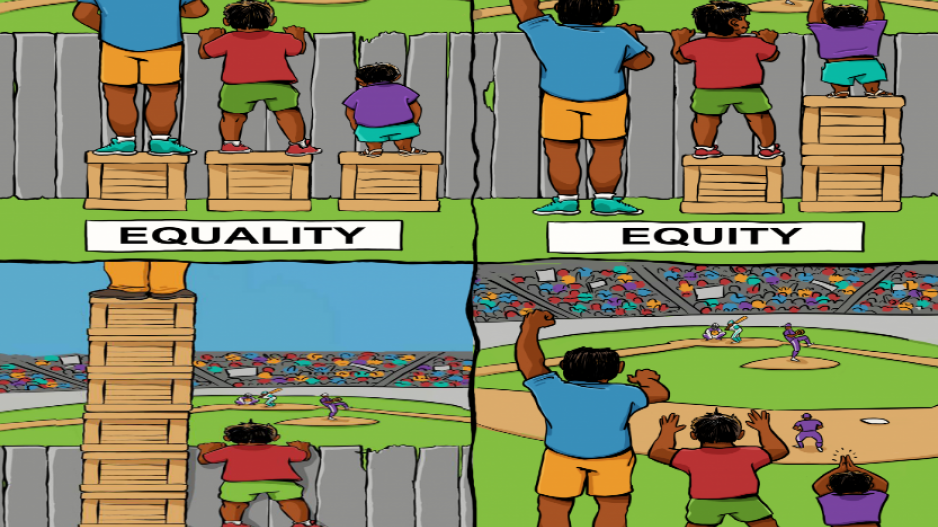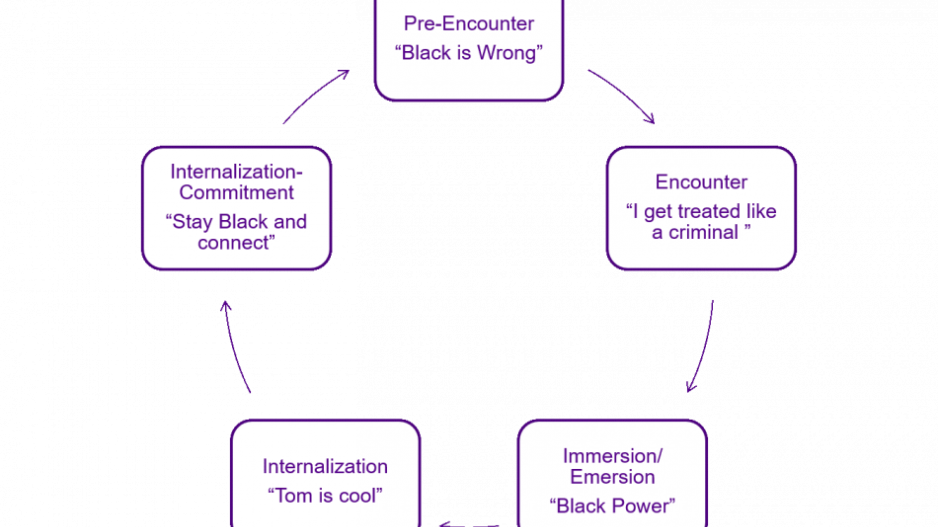This is the final installment of our 4-part blog series on disproportionality. We encourage you to view our previous posts on disproportionality so you can get a full picture of what it is and what the Technical Assistance Center on Disproportionality (TAC-D) at NYU Metro Center is doing to eliminate it.
- Part 1: “What Disproportionality Is and Why it Matters“
- Part 2: “Measuring Disproportionality“
- Part 3: “TAC-D’s Root Cause Analysis Approach“
Culturally Responsive Education Series
At TAC-D, we follow our Root Cause Analysis with a Culturally Responsive Education (CRE) series based on Critical Race Theory [1] and the Eight Principles of Culturally Responsive Education [2]. The principles include communicating higher expectations, active teaching methods, practitioners as facilitators, the inclusion of the culturally and linguistically diverse, student cultural sensitivity, reshaping the curriculum or delivery of services, student-controlled discourse, small group instruction.
An amalgamation of theory along with practice facilitates a critical analysis of the deep-rooted biases existing in the education system through beliefs, policies, and practices (BPPs). The CRE series helps to shift deficit thinking mindsets, specifically focusing on how race, identity, power, and privilege create educational barriers that have historically created inequities for marginalized children and families. The CRE series supports the development of educators so that they can use race and culture to improve educational outcomes. [3] The CRE series also supports participants’ engagement in the process of self-transformation in order to ensure equitable outcomes for all. [4]

Educational equity is the principle of altering current practices and perspectives to teach for social
transformation and to promote equitable learning outcomes for students for all social groups.
SOURCE: (Lee, 2002)
Policies that use a color-blind approach or in other words do not consider social identities (e.g., race, ethnicity, gender) as central to shifting procedures and practices impede a school district’s ability to target gaps and create equity.
The CRE series addresses the core tensions faced by all individuals addressing educational inequities at the personal, structural and strategic levels .The five days of training aim to build on 6 core concepts: culture, race/identity, power/privilege, vulnerability, microaggressions, and stereotype threat. The sessions are conducted through large and small group facilitation, critical readings, and experiential activities. The following is the breakdown of the strands along with the key curriculum questions.
Session 1: Principles of Culturally Responsive Education: What is Culture and what Relevance does it play in Schools Aiming for Equity?
“Any attempt to generate ‘tricks of the trade’ must be avoided because of the complexity of the issue and because of the individual needs, motivations, experiences, and abilities of children of color.”
The session aims to support practitioners in developing a common language around cultural responsiveness and discuss steps to embed CRE practices in the schools. The training centers around addressing the students and the families who are negatively impacted by the educational system. The training centralizes the importance of developing a nuanced critical self-reflection on how identity, power, and privilege are central in developing an equity-lens to address systemic inequitable outcomes. The overall focus is on how relationships and expectations impact outcomes and what connections educators develop with the students and the ways in which the instructional practices are delivered. The session further explores the intersection of race, class, and culture with equity, access, opportunity and fairness. This framework is called the “Cultural Continuum” and consists of the following components:
- Surface includes visible things like food, fashion, festival, traditions etc.
- Transitional A few multicultural units of study are in the curriculum
- Integrated Multicultural units are integrated into the curriculum
- Social Change Multicultural units are used as part of a social justice curriculum
The session offers educators six school-based practices involving school CRE walk throughs including the adoption of school district and classroom’s data systems; classroom visits and implementation of CRE teaching strategies; curriculum unit review/book inventory review; reframing problem-solving teams/intervention audits; reviewing family and engagement plans; and the creation of CRE Turnkey teams.
Session 2: What do we need to know About Ourselves In Relation to Identity and Power in Order to Better Understand our Students and Families in ways that Enhance Teaching and Learning?
This part explores how participants’ have to come to understand what race means to them and develop professional competency in discussing race. The discussion around the racial identity development models facilitates the identification and explanation of patterns influenced by privilege. Further, educators develop an understanding of social identity labels and the implications these identity labels hold for the treatment of specific social identity groups. The session aims to centralize how educators who identify their power and privilege become critical to shifting individual and systemic inequalities in schools.
Session 3: How Does Racial and/or Ethnic Identity Impact Racially and Ethnically Diverse Students?
In this session, participants explore where they are in their racial identity development and how this impacts their degree of accepting and practicing cultural responsiveness. Further, it begins to examine how racial identity development is simultaneously developing for students and the ways schools play a role in supporting or impeding a the development of a healthy identity. Educators reflect on their own cultural biases and further examine how they have come to develop their own social identities. The process is supported by sharing racial and ethnic identity and oppositional identity models. To that end, educators increase their level of awareness around how their social identity positions them in terms of power and privilege and recognize the broader socio-economic and political context which allows them to begin to form effective “culturally appropriate” strategies and build caring classroom communities.

A Model of Non-White Racial Identity Development (Cross, 1995)

